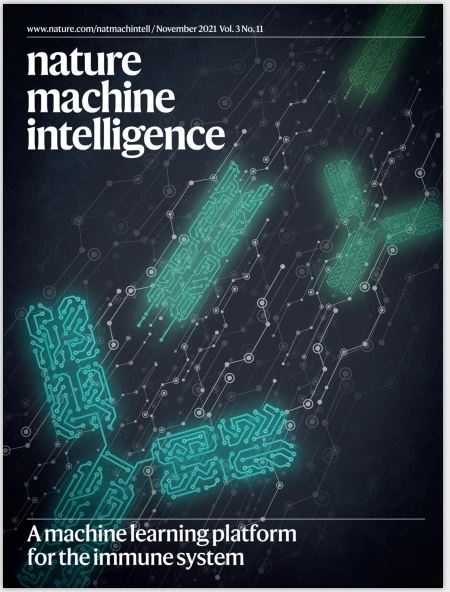The power of the adaptive immune system lies in the combinatorial complexity of the antigen binding receptors of B cells and T cells. This complexity ensures that almost any structure or antigen can be recognized. Single cell technology allows for generation of vast datasets of adaptive immune receptors both from T cells and B cells, and the link between immune receptor sequence and antigen specificity or disease state is the focus of intense research. However, the complexity of adaptive immune receptor repertoires (AIRR) comes with a range of computation challenges.
Geir Kjetil Sandve and his research group have over the last 5 years worked to develop and improve machine learning approaches to tackle these challenges. These efforts have through collaboration with associated J CoDiRC member Victor Greiff culminated in the development of ImmuneML, which is a computational toolbox that can be used both by researchers with limited computation expertize and hard-core computational scientists. Immune ML can be used to analyze B cell receptor (BCR) and T cell receptor (TCR) datasets by training machine learning models followed by analysis of datasets to predict immune state or disease. Immune ML also allows for benchmarking of machine learning models by use of synthetic datasets or datasets with known specificity, as well as for interpretation and comparison of how different machine learning models work and perform for a given task. Finally, immune ML can be used to develop new machine learning approaches. The platform has already gained a large userbase and a lot of attention in the research community.
The development and benchmarking of ImmuneML is now published in Nature Machine Intelligence, with a great piece of cover art generated by authors Lonneke Scheffer (Sandve lab) and Rahmad Akbar (Greiff lab). Immune ML is supported by ELIXIR Norway and can be accessed here for use on Galaxy, as a Python library or as a Docker image.
For more information contact Milena Pavlović or Geir Kjetil Sandve.
